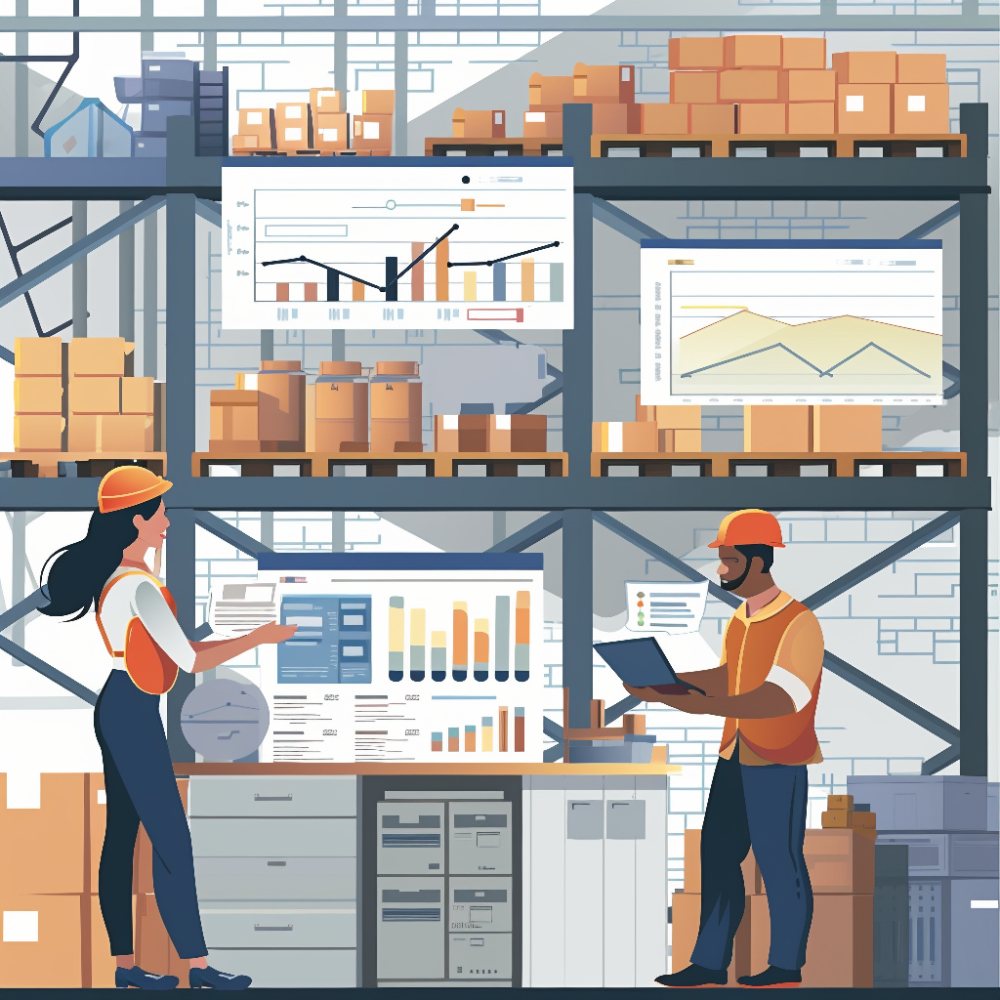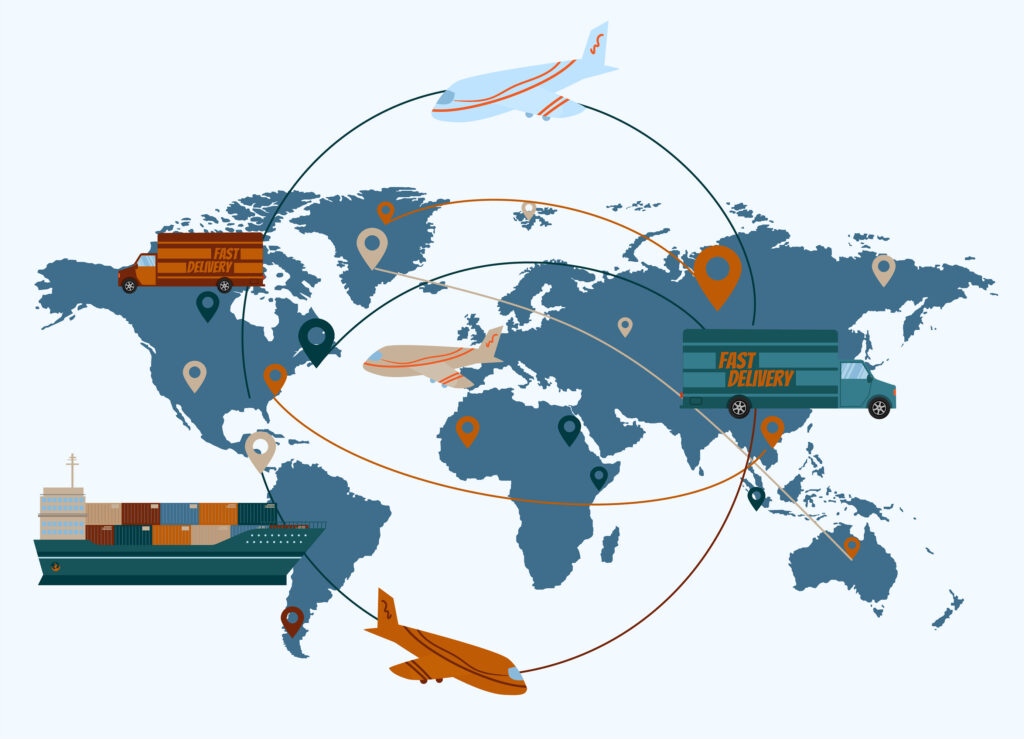5 Key Certifications for High-Quality Exporters and Why They Matter
In the international trading world, high quality standards are a necessity to create a good name and fulfil clients’ expectations around the world. To establish credibility and assurance of conformity, certification aids in easing business transactions. For exporters, a certification shows that products and practices meet very high standards for quality, safety, and environmental soundness, opening a new market and giving a good scope for a long-lasting relationship with clients. Here, five key certifications that top-quality exporters must pursue are detailed and why they are important to an exporter’s success in the market. What It Is ISO 9001 is one of the most recognized quality management standards. It is an international standard developed by the International Organization for Standardization, or ISO. A QMS is defined based on criteria such as customer focus, continuous improvement, and management commitment. Why Is It Important? ISO 9001 certification ensures that the exporter maintains a high level of quality in its operations. This reduces product defects and maintains consistency. The QMS framework also enables exporters to streamline processes and enhance efficiency while addressing problems in real-time, ensuring higher customer satisfaction. Many industries require ISO 9001 certification to work with specific clients, especially in regulated markets such as the automotive, medical devices, and aerospace sectors. What It Is Among the needed certifications that have crossed the border into the EEA, CE marking is one. Upon awarding the product with the CE mark, it is recognized that it meets the EU health, safety, and environmental protection requirements so as to assure its safety for consumers. Why Is This Important? CE marking is essential for exporters targeting the European market as a means of ensuring that their products meet strict EU regulations. Without it, companies cannot legally market their products in the EU. CE marking is further testimony to safety and compliance with regulatory requirements at all costs, thereby reassuring clients and enhancing brand reputation in other markets. Certification requires rough testing and documentation work. Thus, getting CE marking means showing commitment to quality and responsibility. What It Is HACCP is a management system that starts addressing food safety from production to the time of distribution. As such, it will identify the potential hazards, the measures to prevent the contamination, and ascertain if the food products are safe. Why Does It Matter HACCP certification to food and beverages exporters is necessary. It shows that a company actively controls and controls its food safety risks, which have to meet the requirements of international regulatory bodies. HACCP often turns out to be a pre-requisite for exports to countries having very stringent food safety measures in place, such as the U.S. and EU. Maintaining HACCP certification can further broaden the reach and confidence of a market for an exporter since it indicates a willingness towards offering safe high-quality products. What It Is C-TPAT is a voluntary program of the U.S. Customs and Border Protection focused on supply chain security. The program members, which are exporters, work with CBP to identify and reduce the security vulnerabilities of their own supply chains. Why It Matters For those exporting to the US market, C-TPAT certification accelerates and minimizes customs processing times, which reduces inspections of their packages. This also simply states being a company that is committed to adopting secure supply chain practices. Beyond offering increased security through participation, C-TPAT promotes efficiency for exporters: it decreases opportunities for bottlenecks in time-consuming US port clearance procedures. Trust among valued partners usually comes easier through trusted partner relationships with such exporters once they are determined to exercise safe and compliantly sound practices in their supply chain. What It Is FSC stands for Forest Stewardship Council. It is provided on wood-based products that guarantee the materials come from responsible management and responsible forest use, therefore giving environmental, social, and economic benefits. Products labelled meet good forestry standards. Why It Matters Of course, a certificate from FSC for companies which are involved in timber, paper or any wood-products matter to environmental sustainability. More and more, their customers and consumers are now making more demands on sustainable sourcing, so FSC certification then really can be the difference. Standards conformity with FSC also communicates ethical sourcing as a core value, supporting the forming of a positive brand and unlocking market and partnership access from firms who believe that same way. How Exporters Can Leverage Certifications in International Trade Building Trust and Reputation Certifications guarantee safety, quality, and compliance. This affords exporters a chance to establish themselves in a highly competitive environment. When clients see certifications, they become confident to choose products based on the quality of the products, as well as the exporter’s intention to uphold standards. Market Access through CE Certifications such as CE marking or HACCP open doors to specific markets with compliance needs for regulatory standards. In many cases, certifications are a ‘ticket’ to trade in regulated markets-very important for exporters seeking global expansion. The process associated with such certifications as ISO 9001 or HACCP reduces errors and waste, thereby enhancing efficiency in the operations of exporters and providing satisfaction to customers while facilitating greater cost savings over the medium and long term. Meeting Expectations of Customers The need for quality, safety, and ethical practices now defines the expectations of the customers within today’s market. For this reason, certifications prove the commitment of a company to such values, hence making it more attractive in winning and maintaining customers who would prioritize responsible and quality products. Conclusion Some of the benefits of attaining key certifications include winning more client confidence, easier access to markets and smoother processes. In respect of such exporters as Quest Exports, specialization in key certifications will serve as a point of competitive advantage. It will highlight commitment towards excellence, safety, and sustainability. High-quality exporters complement their own operation by meeting international standards and also contribute towards the integrity and growth of the ecosystem of global trade.
5 Key Certifications for High-Quality Exporters and Why They Matter Read More »









